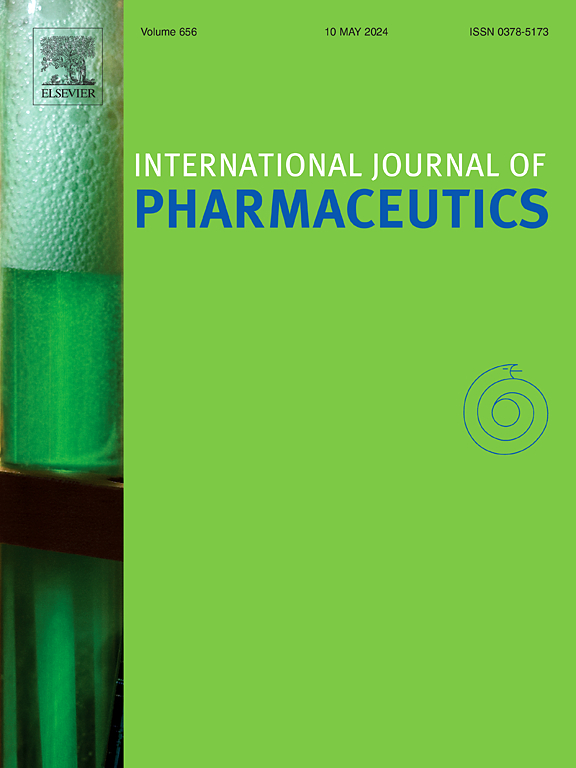Chitosan based surface modulation of core-shell nanoparticles for oral delivery of exenatide via balancing mucus penetration and cellular uptake
IF 5.3
2区 医学
Q1 PHARMACOLOGY & PHARMACY
引用次数: 0
Abstract
Oral delivery of peptide and protein drugs (PDs) is hindered by the impermeable intestinal mucosa, which consists of both the mucus layer and the epithelium. Therefore, double-layer (mucus layer and epithelium) overcoming nanocarriers need to be designed to enhance the transporting efficiency of PDs. However, the requirements for surface properties to penetrate these two barriers are quite distinct. In this study, nanoparticles (NPs) with balanced mucus permeation and cellular uptake were developed by modulating surface properties to improve the endocytosis efficiency of exenatide (EXT). The EXT-loaded ovolecithin (Lipoid E 80)/dextran/bovine serum albumin (EDB) NPs, solidified by sodium trimetaphosphate (STMP), were prepared through double emulsification combined with interfacial crosslinking solidification. The EDB NPs were then coated with cationic polyelectrolyte chitosan (CS) shell to form CS-EDB NPs, which exhibited 83.50 ± 0.44 % of encapsulation efficiency (EE), a particle size of approximately 277.0 ± 3.96 nm, and a Zeta potential of −16.2 ± 0.71 mV. Compared to uncoated EDB NPs, CS-EDB NPs showed a 1.1-fold reduction in mucus penetration (Papp), as measured using the Transwell mucus-penetrating model. However, CS-EDB NPs demonstrated a 2.15-fold and 1.77-fold increase in cellular uptake and transepithelial transport efficiency across a Caco-2/E-12 co-culture model, respectively, primarily driven by energy-dependent endocytosis and partially mediated by macropinocytosis. Furthermore, CS-EDB NPs achieved 13.29 % of pharmacological bioavailability and effectively regulated blood glucose, serum lipid levels, and improved islet function upon long-term administration. In conclusion, the core–shell structured CS-EDB NPs successfully protected against the harsh gastrointestinal tract (GIT) environment, providing improved endocytosis efficiency by slightly compromising mucus penetration while significantly enhancing cellular uptake, offering a promising approach for the oral delivery of PDs.

求助全文
约1分钟内获得全文
求助全文
来源期刊
CiteScore
10.70
自引率
8.60%
发文量
951
审稿时长
72 days
期刊介绍:
The International Journal of Pharmaceutics is the third most cited journal in the "Pharmacy & Pharmacology" category out of 366 journals, being the true home for pharmaceutical scientists concerned with the physical, chemical and biological properties of devices and delivery systems for drugs, vaccines and biologicals, including their design, manufacture and evaluation. This includes evaluation of the properties of drugs, excipients such as surfactants and polymers and novel materials. The journal has special sections on pharmaceutical nanotechnology and personalized medicines, and publishes research papers, reviews, commentaries and letters to the editor as well as special issues.

 求助内容:
求助内容: 应助结果提醒方式:
应助结果提醒方式:


